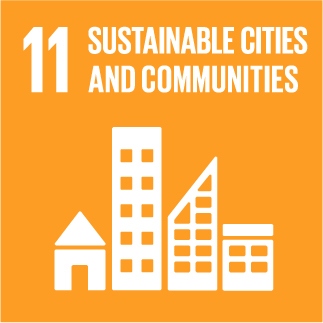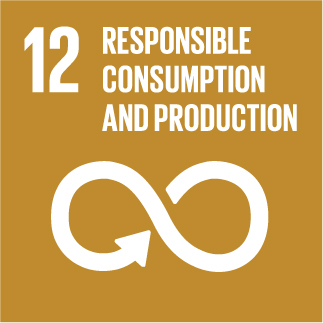URBANREC
Evaluation of the Mechanical and Thermal Properties Decay of PHBV/Sisal and PLA/Sisal Biocomposites at Different Recycle Steps
The recyclability of polylactide acid (PLA) and poly (3-hydroxybutyrate-co-3-hydroxyvalerate (PHBV)-based biocomposites (10%, 20% and 30% by weight of sisal natural fibre) was evaluated in this work. The mechanical and thermal properties were initially determined and were shown to be similar to commodity plastics, such as polyethylene or polypropylene. Three recycle steps were carried out and the mechanical and thermal properties of recycled samples were evaluated and compared to the reference samples. The tensile modulus increased for recycled PLA biocomposites, whereas it was hardly influenced by recycling the PHBV biocomposites. The tensile strength and deformation at the break decreased notably after the first cycle in all cases. Although all the biocomposites became more brittle with recycling, the properties were conserved along until the third cycle, proving their promising recyclability. From the data obtained from the dynamic mechanical analysis, a slight decrease of the storage modulus of PHBV was observed, whereas PLA showed a significant decay of its properties at the 3rd recyclate. The PLA specimens were filled with sisal fibres until they reached 20%wt, which seemed also less subject to the embrittlement occurring along the recycling phase. The characteristic temperatures (glass transition-Tg, crystallization-Tc, melting-Tm) of all the biocomposites were not highly affected by recycling. Only a slight decrease on the melting point of the recycled PHBV was observed suggesting an overall good reprocessability. Moreover, the processing conditions lied in the same range as the conventional plastics which would facilitate potential joint valorization techniques.

» Author: Alberto Lagazzo
» Reference: doi: 10.3390/polym11091477
» Publication Date: 10/09/2019
» More Information

This project has received funding from the European Union's Horizon 2020 research and innovation program under grant agreement Nº 690103




URBANREC Guidelines by URBANREC Consortium is licensed under a Creative Commons Reconocimiento-NonComercial-NoDerivatives 4.0 Internacional License.
Puede hallar permisos más allá de los concedidos con esta licencia en www.aimplas.net
